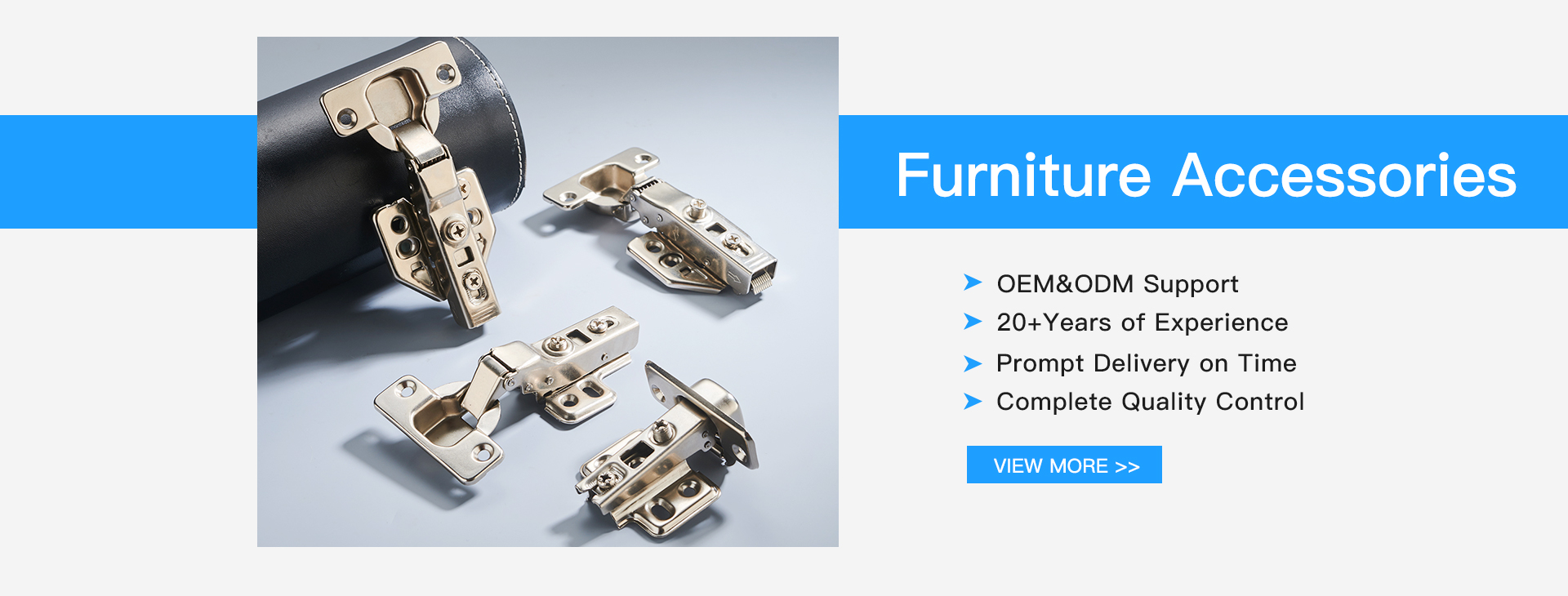The proper method for maintenance involves disassembling the device for thorough cleaning. Before you begin, it's important to understand the internal structure of the ruler. Although the light ruler is connected to the CNC system, its housing is made of aluminum alloy with two plastic end caps. The reading head, which slides inside the light cabinet, is mounted with an elastic connection to the base. The gap between the scale and the indicator diaphragm is maintained by the design itself. Since the optical ruler is made of a delicate material, it requires careful handling—any mistake could damage the light path and result in the failure of the entire unit. It’s recommended to perform the disassembly in a clean room, free from dust. Use a screwdriver to remove the plastic plugs and screws, then carefully cut through any sealant or adhesive using a sharp knife. While the materials may vary, the overall structure remains similar across different models. Most short-range rulers are made of optical glass, and the structure can typically be divided into two parts: the long grating, known as the scale, which is about Z cm wide, and has fine vertical lines engraved along its length (ranging from dozens to hundreds per centimeter), giving it a frosted appearance. The diaphragm is bonded to the bottom of the aluminum casing using silicone, either vertically or at an angle. The remaining part, commonly referred to as the readhead, should be carefully extracted by cutting through the sealing gel between the plug and the housing. Once removed, use a soft cloth dipped in isopropyl alcohol to gently clean the light path, including the light source, lens, and photosensitive elements on the readhead. Allow the alcohol to fully evaporate before reassembling the unit and sealing it with fresh silicone. This process helps eliminate most failures caused by contamination. When installing the ruler, ensure it is parallel to the moving guide rail. Adjust the components at both ends to align the photosensitive elements and circuits correctly. The indicator diaphragm is engraved with vertical lines similar to the scale, but slightly offset. The scale and indicator remain separated by a small gap, allowing light to pass through and create alternating bright and dark stripes known as Moiré fringes. The light source consists of a LED and a lens that produces parallel light striking the ruler. On the opposite side, a small circuit board houses four rice-sized photodetectors and other electronic components. Light passes through both gratings and reaches the detectors, generating an electrical signal that is amplified and processed. The readhead mount is placed within an elastic zone, ensuring that any deformation or misalignment doesn’t directly affect the readhead. After this, follow the manual’s instructions to adjust machine parameters, ensuring the machine zero remains consistent. Additionally, due to lateral and longitudinal forces from vibration sources, the working environment of the spring and support top becomes harsh, leading to excessive wear and reducing the spring's lifespan. To address this, the vibration machine primarily consists of a motor, eccentric weight, vibration platform, springs, and a base. During operation, the motor rotates the eccentric weight, generating centrifugal force that causes the material tank on the platform to vibrate. This results in high-frequency impacts between the materials, aiding in crushing. However, in the original design, the interference fit between the main spring and the support causes the projectile to act like a fixed component rather than an elastic one, limiting the actual working length of the spring. The distance between the top ends of the upper and lower supports is less than the total spring length, resulting in reduced effective working space. To improve this, the clearance between the supports was increased, and the support shape was changed from a column to a conical form. This allows full utilization of the spring’s working area, reducing stiffness in the Y-direction, decreasing the amplitude of the spring’s movement, and lowering the applied force. By changing the support to a cone, the gap between the inner ring of the spring and the support accommodates X-direction movement, preventing wear and improving the spring’s performance, ultimately extending its service life. Furniture Accessories,Metal Cabinet Table Foot,Iron Metal Table Feet,Modern Furniture Legs ONLEE HARDWARE CO.,LTD , https://www.onleehardware.com